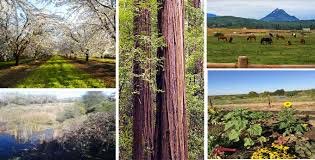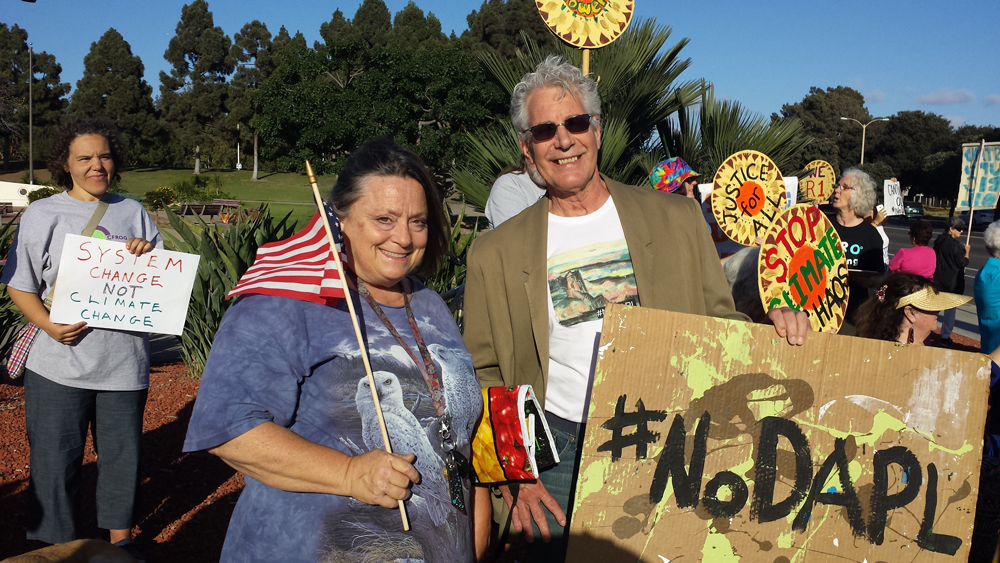Dear Shelby Livingston:
The California 2030 Natural and Working Lands Climate Change Implementation Plan Concept Paper has many elements right, but the way it prioritizes its proposed responses is way off.
Climate change has revealed itself to be an existential crisis with each new season of natural disasters and record high temperatures. Resilience works only for those with the resources to be resilient. To preserve California for all and for California do its part in the global response, we must focus our energies on mitigating the changes to our climate.
The paper does not even refer to the possibility of returning atmospheric CO2 to 350 ppm, and lacks a sense of urgency about the need to stabilize atmospheric CO2 concentration. We are living in a world today that is on the brink; the “multi-benefits” referred to in the concept paper will be meaningless if we no longer have a livable planet. For a plan to move us in the right direction, it must go past economic benefits and focus on ecological benefits and make climate benefits paramount. Building up water holding capacity and productivity, increasing tree canopy in neighborhoods for better quality of life, as well as the immense benefits of supporting biodiversity and species conservation, are all secondary to GHG reductions and biological carbon sequestration.
Regarding the plan’s approach to farmland, the suggested actions omit the benefits of providing incentives as well as an immediate tax on methane emissions for farmers to reduce the practice of animal agriculture and to move toward increased plant [output] production for direct human consumption. There also must be a tax on chemical fertilizer and tillage activity related to its release of CO2 from the soil. A public education campaign regarding climate benefits of plant-based diets is relevant to how our working lands can be used to feed more people. This needs to be included in the plan, as decreasing animal agriculture will provide parallel benefits of reduced animal GHG production and reduced pollution of land and water from animal waste.
Methane emissions are not addressed with the urgency required to avert catastrophic runaway global warming. We call on ARB once again to use the best science when calculating methane’s Global Warming Potential, i.e. the 20-year interval GWP of 84. Animal agriculture contributes roughly half of California’s methane emissions including almost 2 billion lbs. per year associated with dairy and livestock, equal to the GHG emissions from 19 coal-fired power plants and representing in just 2015 a contribution of 0.0033 degrees C to the warming of the entire planet. Please start doing the correct math for methane emissions as part of ensuring that this plan have an overriding priority on sufficient, accurate, transparent measuring and monitoring tools for goals and targets that will reduce all GHG emissions and draw down CO2 to 350 parts per million by 2050, the goal that we believe is essential to restore the world’s climate.
As residents of Ventura County, California’s most drought affected area, 350 Ventura County sees that it will be essential to highlight the intersection of water conservation and storm water management with biological carbon sequestration and cooling, (as well as for resilience to protect from drought and floods.) Avoidance of extreme drought and flood is not the only goal of climate action, much better water planning and management is a prerequisite for carbon sequestration and restoration of small water cycles (Water for the Recovery of the Climate A New Water Paradigm; Michal Kravcik).
And the people of California need to understand and embrace this work. To that end, it will be essential to use all marketing tools available to educate and engage the public about both emissions reduction and biological carbon sequestration, as well as the benefits of a plant-based diet and reduced food waste. A budget must be included to communicate climate mitigation goals and targets to all residents, and offers exemplary actions that will make the biggest difference for both individuals and groups in all levels of society.
Thank you for the opportunity to comment on this concept paper.
Sincerely,
350 Ventura County Climate Hub
Read the 17 page Concept Paper for CA 2030 Natural and Working Lands Climate Change Implementation Plan and other background on their process for development of this policy: Natural and Working Lands Sector.
Here is a recording the workshop on May 19 about the Implementation Plan:
https://fte.water.ca.gov/owncloud/index.php/s/CkgdDxWX7QObxF0


